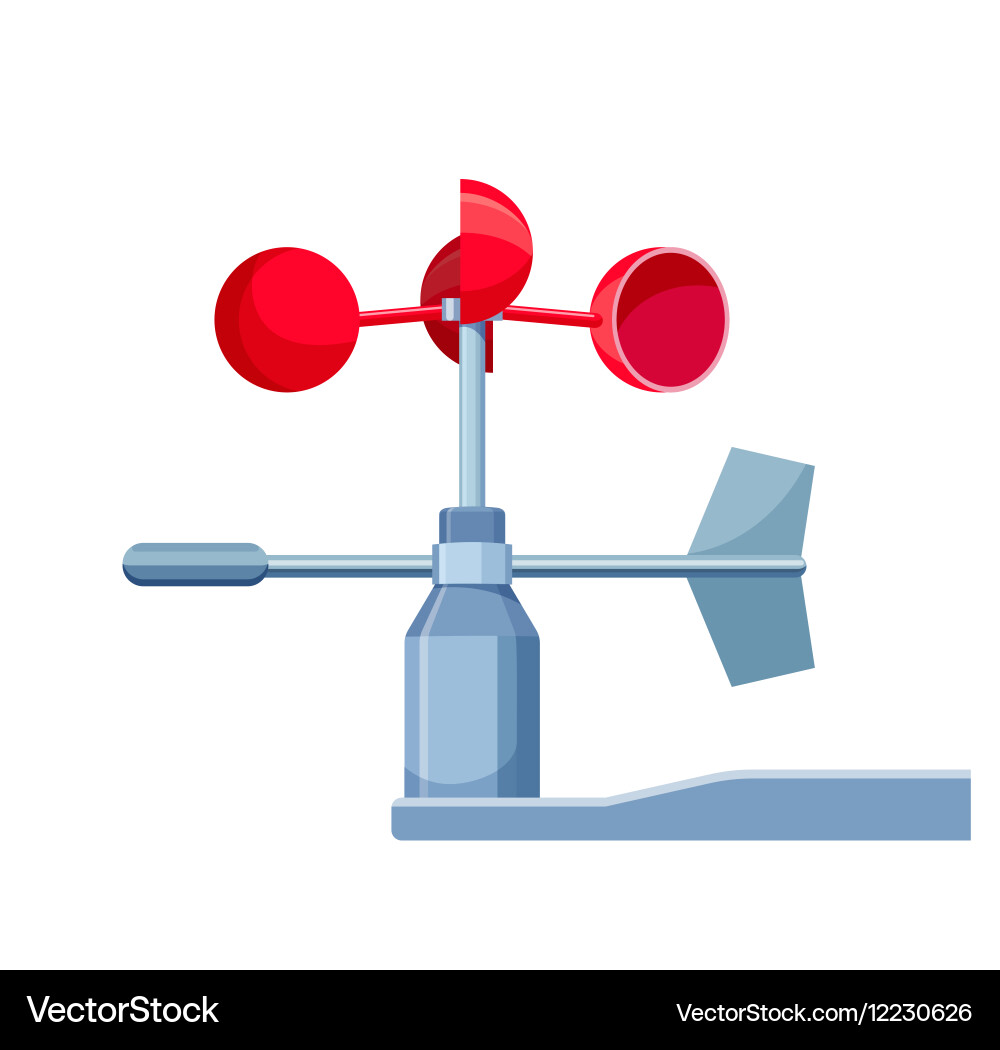Why an Anemometer is Necessary for Your Environmental Information Collection
Why an Anemometer is Necessary for Your Environmental Information Collection
Blog Article
Discovering the Features and Benefits of Anemometers for Weather Fanatics and Professionals
Anemometers stand as critical devices in the world of weather monitoring, satisfying both fanatics and skilled experts alike. These gadgets provide a window into the vibrant globe of wind patterns and speeds, offering indispensable data for meteorological evaluation and projecting. From mug anemometers to sonic anemometers, each type brings its distinct set of applications and benefits, clarifying different elements of atmospheric conditions. As we dive right into the features and benefits of anemometers, a deeper understanding arises not just of prevailing weather condition phenomena yet additionally of the wider implications for sectors like wind power production and ecological research study.
Value of Anemometers in Weather Tracking
Anemometers play a crucial role in weather condition tracking by supplying exact dimensions of wind rate, assisting in projecting and understanding climate patterns. These tools, varying from conventional cup anemometers to modern ultrasonic anemometers, are crucial for meteorologists, researchers, and weather condition lovers alike.

Sorts Of Anemometers and Their Applications
The most common kinds of anemometers include mug anemometers, vane anemometers, hot-wire anemometers, and ultrasonic anemometers. Cup anemometers consist of 3 or four mugs mounted on straight arms that rotate with the wind, determining its speed. Vane anemometers, on the other hand, make use of an easily revolving vane to line up with the wind instructions, offering both wind rate and direction dimensions.
Each type of anemometer has its special benefits and applications. Cup anemometers are appropriate and durable for general weather tracking, while vane anemometers are preferred for directional measurements. Hot-wire anemometers are sensitive to reduced air velocities, making them optimal for interior environments. Ultrasonic anemometers are non-intrusive and use high accuracy, commonly used in research study and specialized climate monitoring applications. Comprehending the characteristics and applications of each kind of anemometer is vital for selecting the most ideal instrument for details weather checking demands.
Advantages of Using Anemometers in Forecasting
In meteorology, the utilization of anemometers offers indispensable advantages for improving the accuracy of weather projecting. Anemometers measure wind speed and instructions, supplying critical information for anticipating weather condition patterns. By incorporating wind information into projecting versions, meteorologists can better comprehend the motion of weather condition systems, expect modifications in weather, and problem more specific projections.
Additionally, anemometers play a crucial role in assessing possible weather condition hazards. Monitoring wind rates helps forecasters forecast serious weather occasions such as hurricanes, hurricanes, and wintertime storms with higher accuracy. This very early caution system makes it possible for authorities to issue timely notifies and apply needed safety procedures, reducing the dangers to life and property.
Furthermore, anemometers assist in enhancing renewable resource manufacturing. By analyzing wind patterns, meteorologists can determine suitable places for wind ranches and forecast energy outcome, contributing to the effective generation of wind power.

Anemometers in Wind Energy Production
Provided the essential role anemometers play in supplying accurate wind data for climate projecting and risk analysis, their significance includes the world of wind power click now manufacturing. Anemometers are important tools in the field of wind power, where the dimension of wind rate and instructions is crucial for figuring out the usefulness and performance of wind generator setups. By precisely determining wind rates at varying heights, anemometers assist enhance the placement and style of wind turbines to make the most of energy output.
In wind ranches, anemometers are strategically positioned to accumulate real-time wind information that is utilized to examine the prospective energy production of a site. This information is crucial in establishing the financial feasibility of wind energy projects and in projecting power generation to make certain grid security. In addition, anemometers aid useful site in checking wind problems to enhance wind turbine performance, prevent damages from high winds, and make sure the safety of personnel operating in the location of wind turbines.
Enhancing Weather Condition Understanding With Anemometers

Anemometers play an essential duty in enhancing our understanding of microclimates. These localized climate condition can differ substantially from more comprehensive local projections, making it necessary to have accurate data for details locations. anemometer. By strategically putting anemometers in various areas, scientists can collect in-depth information on how wind behaves in various surfaces, metropolitan environments, or bodies of water
Moreover, anemometers add to boosting climate forecasting models by giving real-time information on wind behavior. This details is specifically useful for anticipating severe climate events, optimizing farming methods, and supporting markets like air travel and maritime navigation. Overall, anemometers are important instruments that allow us to dig much deeper right into the intricacies of weather systems, inevitably causing more better-informed decisions and exact predictions.
Verdict
In final thought, anemometers play an important role in weather condition monitoring and projecting by measuring wind rate and direction. They are necessary tools made use of by weather fanatics and experts to collect exact information for forecasting climate patterns and analyzing prospective effects. Anemometers also have applications in wind energy production, additional highlighting their significance in both weather forecasting and renewable power helpful site sectors. In general, anemometers add to enhancing our understanding of climate sensations and boosting forecasting capabilities. anemometer.
From cup anemometers to sonic anemometers, each type brings its one-of-a-kind collection of applications and advantages, losing light on different aspects of climatic conditions. These tools, varying from conventional mug anemometers to modern-day ultrasonic anemometers, are crucial for meteorologists, scientists, and climate enthusiasts alike. The most usual kinds of anemometers include cup anemometers, vane anemometers, hot-wire anemometers, and ultrasonic anemometers. Cup anemometers are suitable and robust for general weather monitoring, while vane anemometers are preferred for directional dimensions. Anemometers are crucial tools in the area of wind power, where the measurement of wind speed and direction is crucial for identifying the feasibility and efficiency of wind generator installments.
Report this page